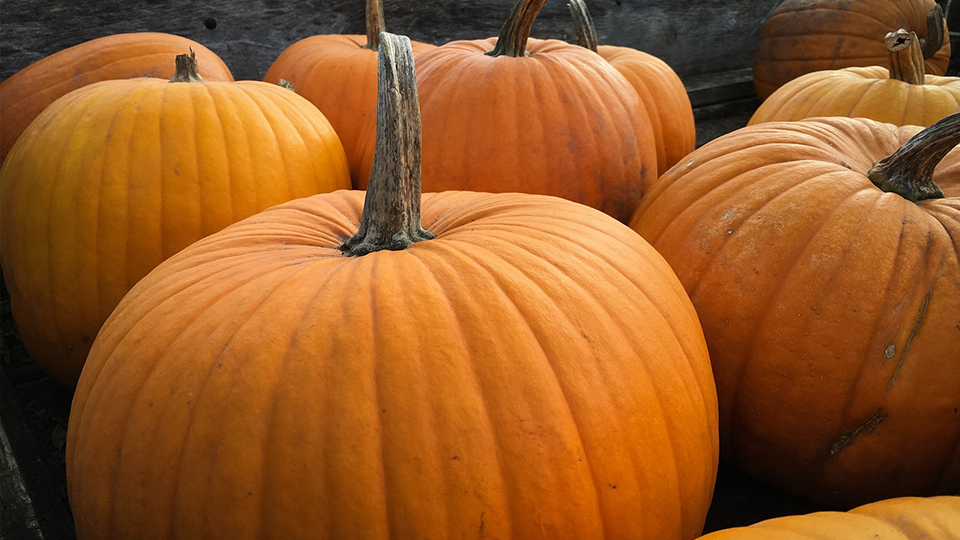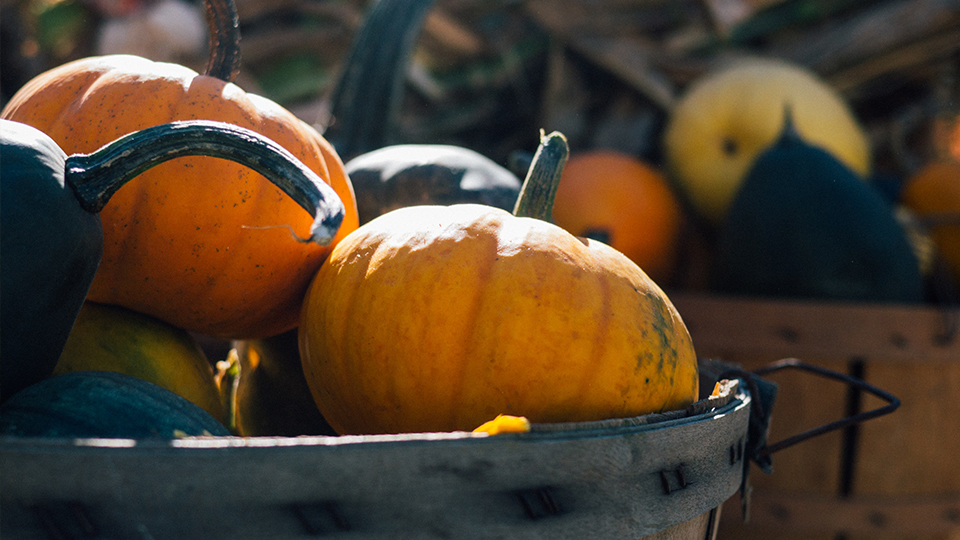
When to Plant Pumpkins in Texas
When Do You Plant Pumpkins in Texas
How to Grow Pumpkins Successfully in Texas
Every autumn, the same phenomenon sweeps across Texas: everybody goes totally bonkers over pumpkins. Between Thanksgiving dinner pumpkin pies, pumpkin spice lattes and pumpkin decorating, autumn in Houston just wouldn’t be the same without these iconic orange squashes. They’re so much fun to grow and watching them expand day by day to colossal sizes is strangely thrilling. Get ready, Instagram, cuz we’re gearing up for planting some picture-perfect pumpkins that don’t need no filter.

When Do You Plant Pumpkins in Texas
If you want your pumpkins to be ready in time for all the autumn holidays, you’ll need to time things out properly. There are a lot of different varieties of pumpkins out there, but for the most part, they all reach maturity between 3-4 months. So, if you’re hoping to have some that are ripe and ready for October 31st, you’ll have to plant pumpkins at some point in June or July.
Some of the slower-developing varieties might not be quite ready for Halloween if you plant the seeds in late July, but they’ll definitely be ripe for the pickin’ by Thanksgiving in late November. That being said, since July is already here, you should definitely plant sooner rather than later, because most squashes, pumpkins included, will keep for a long time after being harvested. You can’t exactly speed up the ripening process on pumpkins if you planted too late in the season, so if you’re dreaming of an autumn filled with pumpkin-flavored everything, we suggest snagging some seeds ASAP and start sowing.


How to Grow Pumpkins Successfully in Texas
One thing’s for certain: if you want to grow pumpkins here in Houston, you need to make sure you’ve got lots of space. To support the growth of such massive vegetables, pumpkin plants develop pretty massive root systems. They grow best when planted on hills—or, rather, mounds of soil about 3-5 feet wide, and 1.5 feet at their highest point. If you plan on growing giant pumpkins, make sure you space your hills out by at least 20 feet (yep, you read that right—we weren’t kidding when we said you’ll need a lot of space). If you’re growing smaller varieties, 8-10 feet of space should be fine.
Pumpkins require excellent drainage and loose soil, so these elevated hills create ideal conditions for pumpkin vines to develop. Your soil should be slightly acidic, but not too much— anything below a 5.5 pH won’t bode well for your pumpkins. We recommend doing a quick pH test before planting and amending the soil with some lime if necessary. And, when building your mound, mix in some compost or manure. This will improve drainage even further, while also supplying a load of nutrients for your growing veggies.
On the top of each hill, plant 5 or 6 pumpkin seeds. They germinate pretty fast, typically within a week, so once those puppies start breaking ground, keep an eye on which ones are growing the strongest. Once it’s clear who the frontrunners are in the bunch, leave the two strongest, then pluck out the little guys. You’ll want to water them thoroughly at least once a week because, while pumpkin vines are somewhat tolerant of the occasional dry spell, this could lead to wilting flowers, which means no pumpkins. To make sure your pumpkin project doesn’t go totally awry, consider setting a weekly reminder on your phone.
Like many other vegetable plants, pumpkins are reliant on the work of pollinators, like bees, butterflies, and moths, so they can properly develop crops. Chemical pesticides and herbicides are known to kill these helpful insects, so make your yard a hospitable environment for them by opting for natural pest and weed control methods. Plus, if you’re planning on baking an endless assortment of pumpkin pastries all season long, you won’t want them to be loaded up with nasty chemicals.
If you tend to travel a lot or spend your summers at the cabin, an automatic plant watering system will save you loads of trouble. Just set it up, relax, and enjoy the sun while the water system does its thing.
